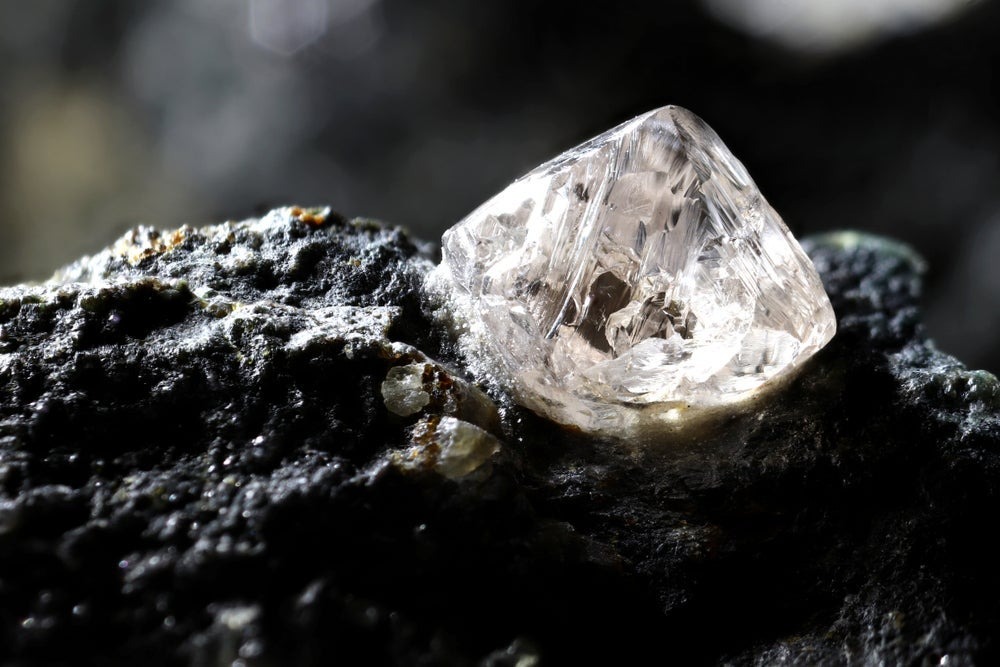In June 2024, the CEO of De Beers announced that, following a six-year-long experiment, it is suspending its Element Six lab-grown diamonds (LGD).
De Beer’s has sold LGDs through its own brand, Lightbox, since 2018. Instead, it would be returning to tradition and working with natural, mined diamonds.
The reduced value of LGDs is incompatible with the luxury nature of real gems which is meant to be a one-of-a-kind meaningful piece. Lab-grown doesn’t scream romantic. For De Beers, the romantic aspect of diamonds is a key selling point. Their iconic legendary 1948 marketing slogan “A Diamond is Forever,” says as much. This stroke of marketing genius came on the heels of an economically turbulent time—the Great Depression—followed by a World War, which at the time hit the diamond industry.
It could be said that De Beers is hoping to repeat history, by reigniting a love for traditional diamonds. The company has seen a recent steep drop in profits. De Beers’ total revenue decreased by 35% to $4.3bn (R78.2bn), compared to $6.6bn in 2022.
Declining demand for diamonds
In 2024, demand for diamonds has waned in two of the key consumer markets—China and the US. Declining marriage rates and tightening of purse strings following a very turbulent financial period can account for this drop to a large degree.
As well as declining demand, there is also declining supply. Rough diamond supply has dropped to around 120 million carats from 150 million carats, from 2023 to 2024. De Beers, and other diamond companies, will have to undergo significant capital investments in existing mines to increase their lifespan amid capital constraints.
De Beers has invested $1bn to prolong the lifespan of its flagship Jwaneng mine in Botswana. It is also investing $2.3bn to move underground the Venetia mine in South Africa.
This tactic is unsustainable, and incompatible with changing consumer behaviours.
Rough diamond supply has dropped to around 120 million carats from 150 million carats, from 2023 to 2024.
If it were simply a question of riding out macroeconomic downturns, De Beers’ strategy would have more validity. However, this does not consider the changing consumer landscape. Lab-grown diamonds are more likely to be popular with younger demographics, who factor in the ESG practices of the companies and industries into which they buy.
In this aspect, natural diamond mining falls short, especially in labour practices and environmental damage. It is also difficult to trace diamonds across their supply chain back to their origin, as they pass through multiple hands before they come to be certified. Most of the top countries for diamond mining rank high for corruption. Russia and the DRC, for example, are two big diamond mining countries that have high levels of corruption, according to Transparency International’s annual Corruption Index. Corruption is listed as a key tenant of governance according to GlobalData’s ESG Framework.
Most of the top countries for diamond mining rank high for corruption.
Consumers are increasingly likely to factor ethical implications into their decision-making process. If they can purchase cheaper lab-grown diamonds, which look almost identical to mined diamonds, then they are more likely to choose this option. Ultimately, De Beers cannot employ old marketing tricks to revive sales and reinvigorate its image. The world has changed a lot since the 1930s, especially when it comes to changing consumer habits. Diamonds may be forever, but the form they take will change, from mined to lab-grown.
